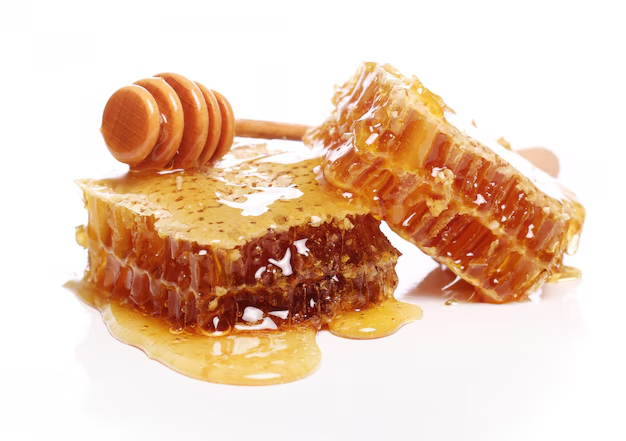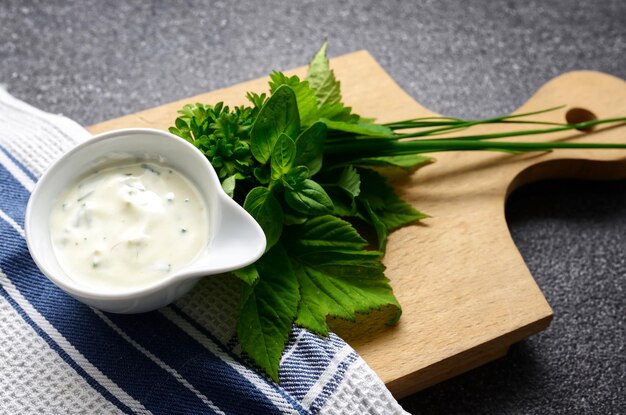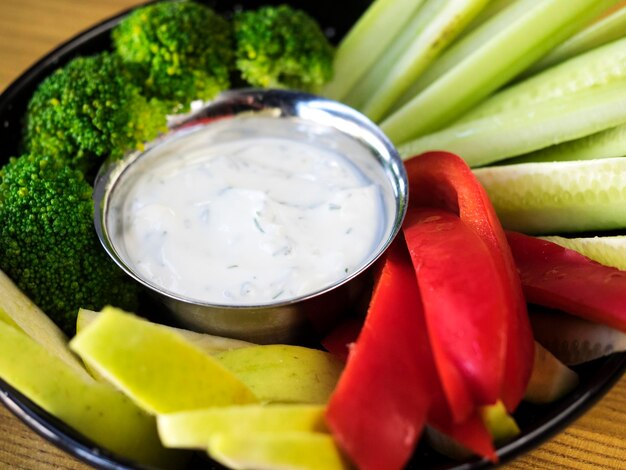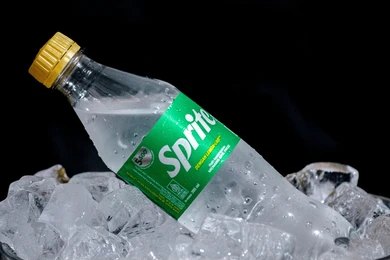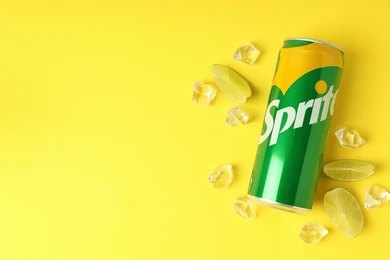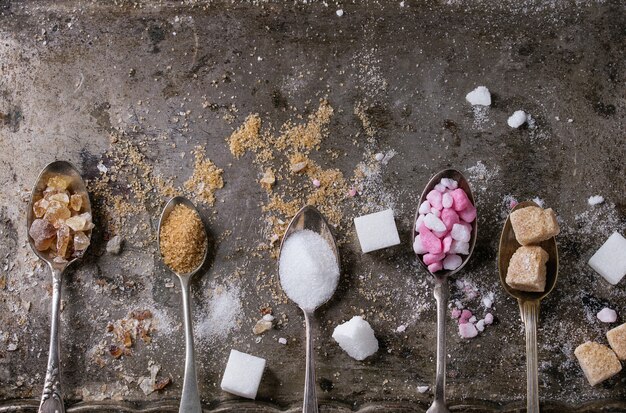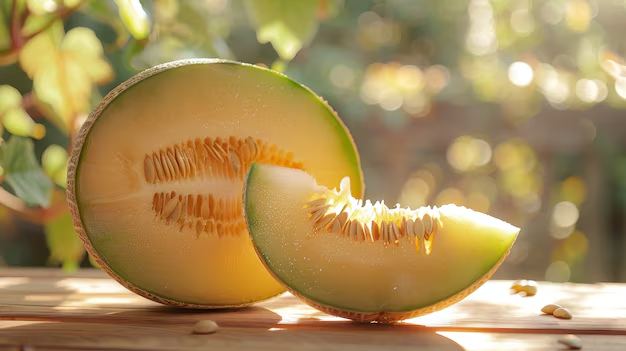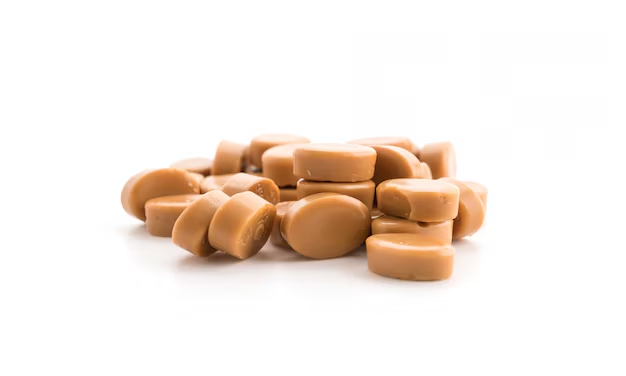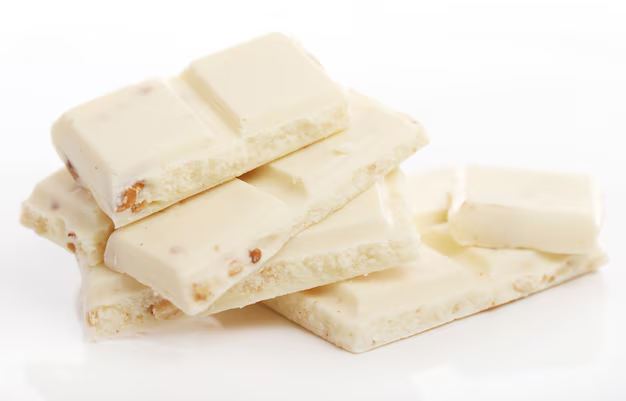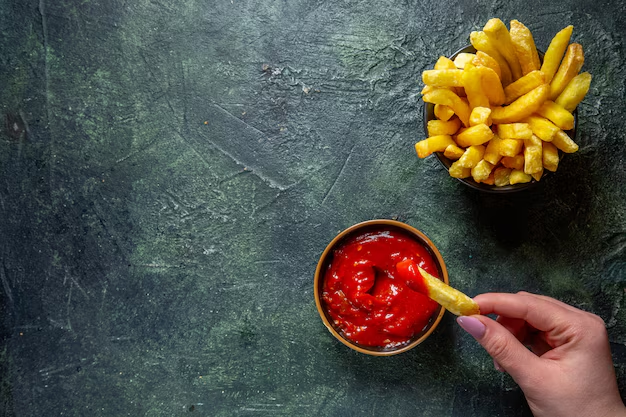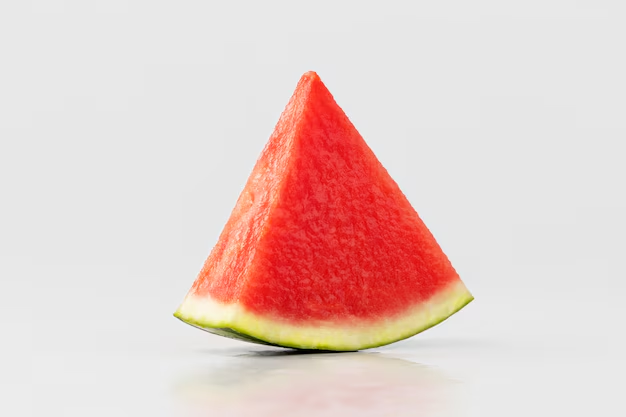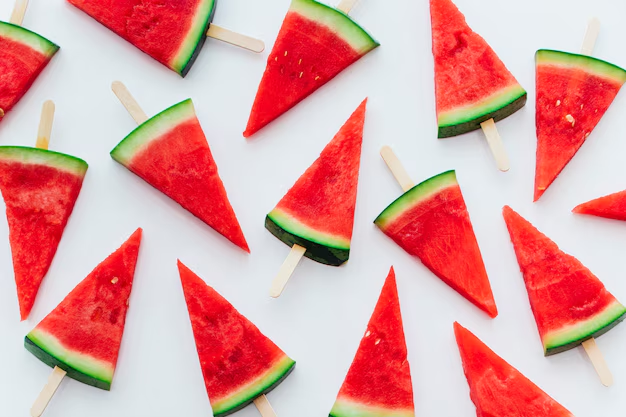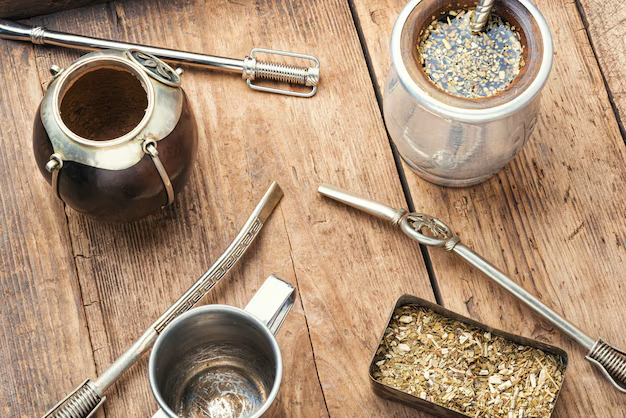Honey has been used for centuries as a natural sweetener and a versatile ingredient in countless recipes. Its golden hue and sweet taste make it a pantry favorite. But for individuals with gluten sensitivities or celiac disease, every food choice requires scrutiny. This leads to an important question: does honey contain gluten?
Understanding the gluten content of honey is crucial for those who need to avoid even trace amounts. In this article, we’ll explore what gluten is, whether honey is naturally gluten-free, and all related details about it.
What Is Gluten?
Gluten is a type of protein found in certain grains. It acts as a binding agent, giving baked goods their structure and elasticity. But for some individuals, gluten can cause significant health problems.
- Definition of Gluten
Gluten is a mixture of proteins, primarily gliadin and glutenin, found in wheat and related grains like barley and rye. It is what gives dough its elasticity and helps bread rise. - Common Sources of Gluten in the Diet
Foods like bread, pasta, cereals, and baked goods often contain gluten. It can also be hidden in sauces, soups, and processed foods. For people with gluten-related disorders, consuming even small amounts can trigger symptoms ranging from digestive discomfort to severe autoimmune reactions.
Is Honey Naturally Gluten-Free?
The good news is that pure, unadulterated honey is naturally gluten-free. This makes it a safe choice for most people with gluten sensitivities or celiac disease.
Honey is produced by bees from the nectar of flowers. This process doesn’t involve any gluten-containing grains. The end product, pure honey, is free from gluten by nature.
However, not all honey products in stores are pure. Some may contain additives or undergo processing that introduces gluten.
Potential Sources of Gluten Contamination in Honey
Contamination can occur during processing or from added ingredients. Let’s look at the most common risks.
Cross-Contamination During Processing
Honey may be processed in facilities that also handle gluten-containing products. This creates a risk of cross-contamination, which can be harmful for those with gluten sensitivities.
- How Cross-Contamination Happens
Shared equipment is a primary cause. For instance, a facility might use the same machinery to process honey and wheat-based syrups. Even trace amounts of gluten from previous batches can cause contamination. - What to Look For
To avoid this risk, choose honey labeled as “gluten-free.” This indicates that the product has been tested and is safe for those avoiding gluten.
Added Ingredients
Flavored or blended honey products can sometimes include gluten-containing additives. These may not be immediately obvious from the packaging.
- Examples of Additives
Some honey blends may contain malt extract (derived from barley), flavorings, or thickeners. Always check the ingredient list for these potential sources of gluten. - Why It Matters
For individuals with severe gluten sensitivity, even trace amounts of gluten can trigger symptoms. Reading labels carefully can help avoid accidental exposure.
How to Ensure Your Honey Is Gluten-Free
When following a gluten-free diet, selecting safe products is crucial. While honey is naturally gluten-free, taking steps to ensure that it is free from contamination is vital. Let’s have a look at these steps.

Reading Labels
One of the simplest ways to ensure your honey is gluten-free is by reading the label carefully.
- Look for Gluten-Free Certification
Certified gluten-free products are tested to meet strict standards. These certifications offer reassurance that the honey hasn’t come into contact with gluten during production. - Check for Added Ingredients
Be cautious of flavored or processed honey products. Look for ingredients like malt extract or thickeners, which may contain gluten. A clear and simple ingredient list is a good sign.
Choosing Certified Gluten-Free Brands
Some brands take extra steps to guarantee their purity.
- Trusted Brands
Look for brands that explicitly state their products are gluten-free. Some reputable choices include Nature Nate’s, Manuka Health, and Rowse. These brands offer assurance for individuals with gluten sensitivities. - Why Certification Matters
Certified gluten-free honey undergoes stringent checks to ensure it is safe for consumption, making it a better choice for those with celiac disease or high gluten sensitivity.
Purchasing Raw or Unprocessed Honey
It is often a safer choice for avoiding gluten contamination.
- What Is Raw Honey?
Raw honey is unprocessed and unfiltered, meaning it comes straight from the hive without additives or exposure to shared equipment. - Why Choose Raw?
Since it skips the processing phase, raw honey is less likely to come into contact with gluten-containing ingredients or machinery. It’s also rich in nutrients and enzymes that may be lost during processing.
Related to Read: Is Honey Good for Weight Loss?
Gluten-Free Alternatives
If you’re looking for sweeteners beyond honey, several gluten-free options are available. These alternatives can add variety to your meals and recipes.
Maple Syrup
Maple syrup is a natural sweetener derived from the sap of maple trees.
- Gluten-Free by Nature
Pure maple syrup is gluten-free and doesn’t involve grains in its production process. - Usage Tips
Drizzle it over pancakes, oatmeal, or use it as a sugar substitute in baking. Always check the label to ensure no flavorings or additives are included.
Agave Nectar
Agave nectar is another great option for those avoiding gluten.
- What Is Agave Nectar?
This sweetener comes from the agave plant and is naturally gluten-free. - Why It’s Popular
Agave nectar has a low glycemic index, making it a preferred choice for people managing their blood sugar levels. Use it in teas, smoothies, or as a topping for desserts.
Gluten-Free Recipes Featuring Honey
Honey’s natural sweetness complements various dishes and snacks.
- Snack Ideas
Spread honey on gluten-free bread or crackers for a quick snack. Mix it into plain yogurt or drizzle it over fresh fruit. - Recipes to Try
Consider making honey-glazed salmon, honey muffins, or a honey-lemon salad dressing. These dishes are safe and flavorful options.
Health Benefits of Honey
Honey isn’t just a sweetener; it offers nutritional benefits, too.
- Nutrient-Rich
Honey contains antioxidants, vitamins, and minerals that can support overall health. For gluten-sensitive individuals, it’s a natural and safe source of energy. - Digestive Health
It has been known to soothe the digestive system, which can be especially helpful for those with gluten-related disorders. Its antibacterial properties may also promote gut health.
Conclusion
Pure honey is a naturally gluten-free sweetener that can be safely enjoyed by individuals with gluten sensitivities or celiac disease. By taking precautions, such as choosing certified gluten-free brands, reading labels, and opting for raw honey, you can minimize the risk of contamination. Honey is not only safe but also offers a range of health benefits. Pair it with other gluten-free foods to create delicious and wholesome meals.
FAQs
1. Is all honey gluten-free?
Yes, pure honey is naturally gluten-free. However, contamination can occur during processing or if additives are included. Always check labels and choose certified gluten-free products when in doubt.
2. Can flavored honey contain gluten?
Yes, flavored or blended honey may contain gluten. Ingredients like malt extract or artificial flavorings could be added during production. Always read the ingredient list to ensure the product is safe.
3. What should I look for on the label when buying gluten-free honey?
Look for a “gluten-free” certification on the packaging. This guarantees the honey has been tested and meets strict standards for gluten-free products. Avoid products with vague ingredient lists or potential gluten-containing additives.
4. Is raw honey safer for a gluten-free diet?
Raw honey is often safer because it is unprocessed and less likely to be contaminated. It also retains more nutrients and enzymes compared to processed honey.
5. Are there sweeteners other than honey that are gluten-free?
Yes, there are many gluten-free sweeteners, including maple syrup, agave nectar, and stevia. These options can add variety to your diet while remaining safe for gluten-sensitive individuals.

